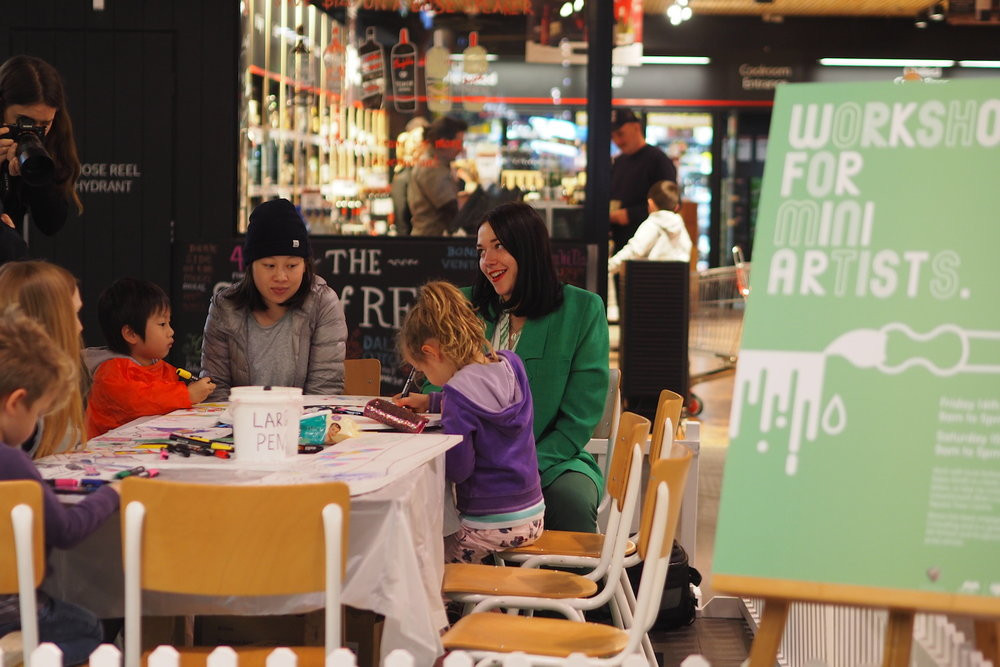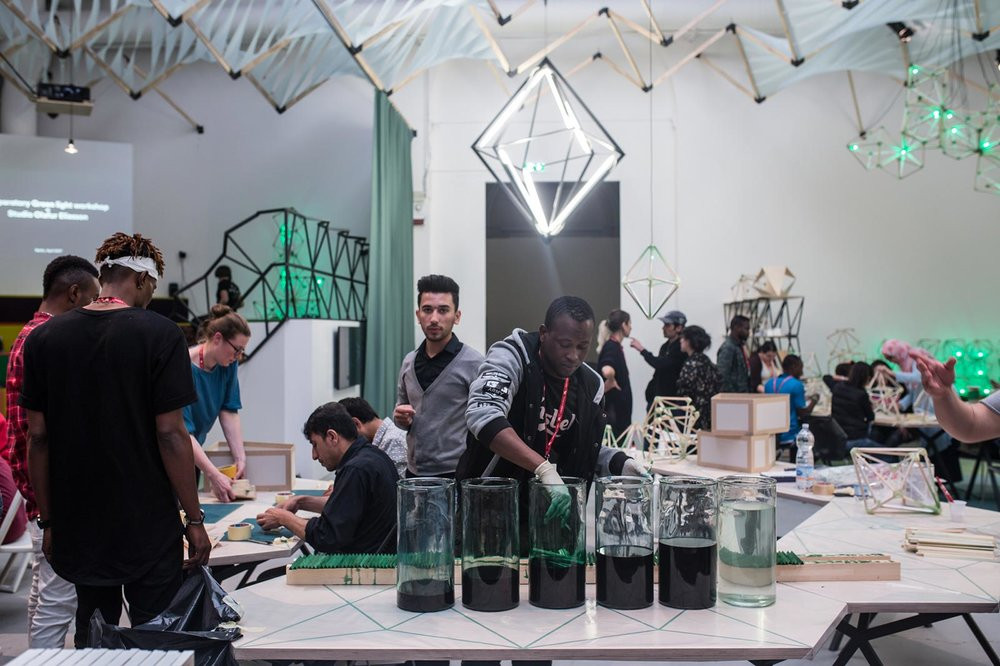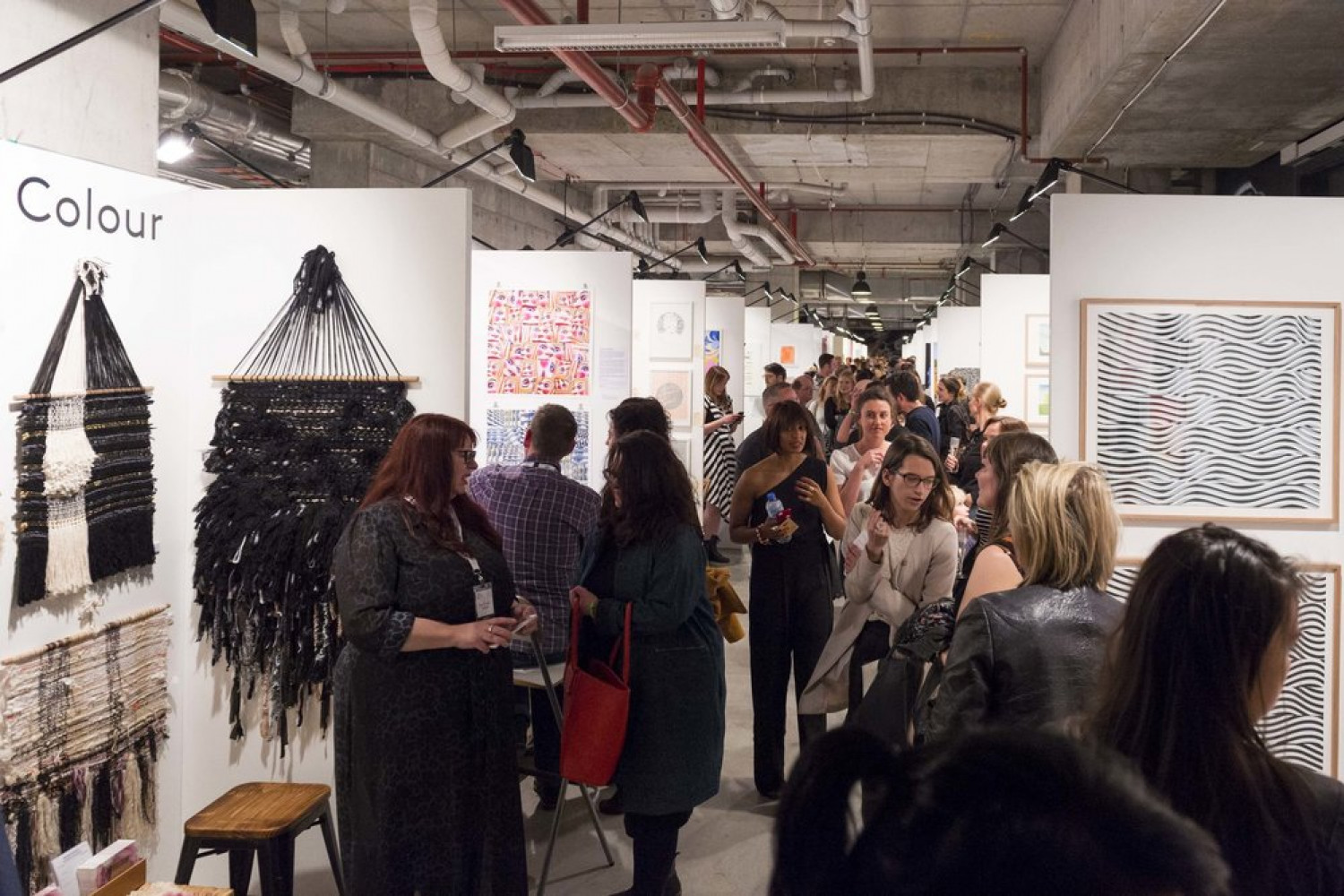
“This festival will offer you the chance to get involved in your local creative community.”
How many times have you heard these enthusiastic words (or similar) from the latest culture festival? The words are true – a good festival offers “the uninitiated” an easy way into the art world. The supercillious gatekeepers – of being in the know and invited – melt into the shadows.
Is this message of welcome getting across? Sometimes, the buzzwords of ‘community’ seem so overused the sentiment behind it feels a little trite. Like any platitude worth its salt, simply telling us that it will benefit the community in some vague manner fails to remind potential festival goers why it is important to get involved in the first place.
Arts Festivals are about cutting through real and imagined social structures to bring everyone together to celebrate art. If we could get this message across meaningfully, can you imagine the results? Community engagement wouldn’t just be a box on a form to tick, but a state of normalcy.
It’s hard to reach certain people when it comes to arts festivals.
‘But why?’ cries the overworked festival director, as they throw more money onto their increasingly boosted Facebook post.
Maybe they just need a bit of gentle coaxing. Art should be for everyone, but sometimes it’s easy to see why people might not feel welcome. For those “in the know” the reason behind going to all the events associated with arts festivals seems obvious. ‘Get involved, world!’ we yell over our shoulder, as we run off to another fantastic opening.
There’s the traditional argument that that museums – where art is traditional hosted – are elitist ‘private clubs’, or that only a certain ‘type’ of people go to art events. Or that even the structures (large, stonily imposing, heavy on the columns) are made to welcome some, and dissuade others. That money and class barriers are still an issue.
The more modern version of this argument might be that you have to wear, say or think a certain way to ‘fit in’ inside these establishments That you have to be an artist – or at least know the difference between oils and acrylics. The fear that, at any moment, you might be asked your thoughts on conceptual art, be exposed as the fraud you are; and consequently be chased out of the fashionable white cube gallery, by an edgily dressed mob, holding art-deco flaming torches.
To be fair, art festivals make an enormous effort to get new blood in (for example, Facebook events has been used to great success for reaching new crowds, and Sydney Contemporary shone focus on disenfranchised tenants at Waterloo, Sydney). And, once you’re there, you often find that the focus is usually more on the art, conversation and free nibbles than aggressively quizzing your neighbour on the pros and cons of a group show.
Yet, the feeling of exclusivity remains in the art world. It has gotten to the degree that some critics, such as Saksia Sassen, are arguing that art is increasingly being used as an “Art-washing” tool to gentrify and thereby increase rent in neighbourhoods.
Why is it important to keep trying to get everyone through the door? Well, firstly, an arts festival might find it hard to reflect society if all of society isn’t there, critiquing and examining. It’s sort of like Lisa Pryor’s recent complaint that an International Women’s Day Breakfast, populated by white, CBD nine-to-fiver females isn’t exactly in the spirit of the thing.
Secondly, it’s important to the economy of the artist to make people aware that supporting the arts in their community doesn’t always have to consist of buying that $30,000+ artwork. It can be as simple as turning up, and engaging with the work (although the odd bought painting would definitely not go amiss).
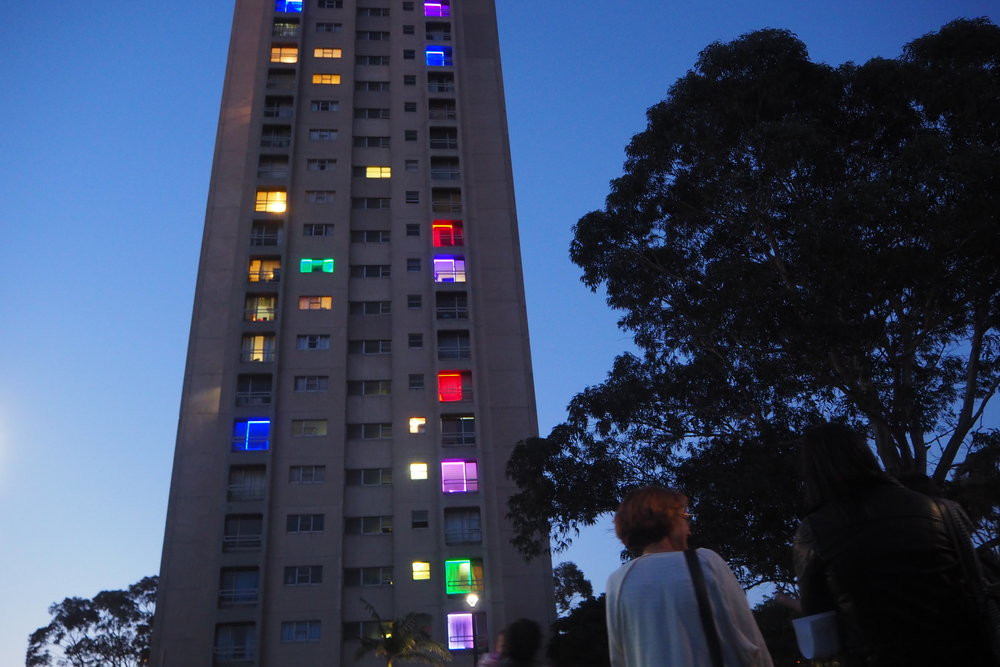
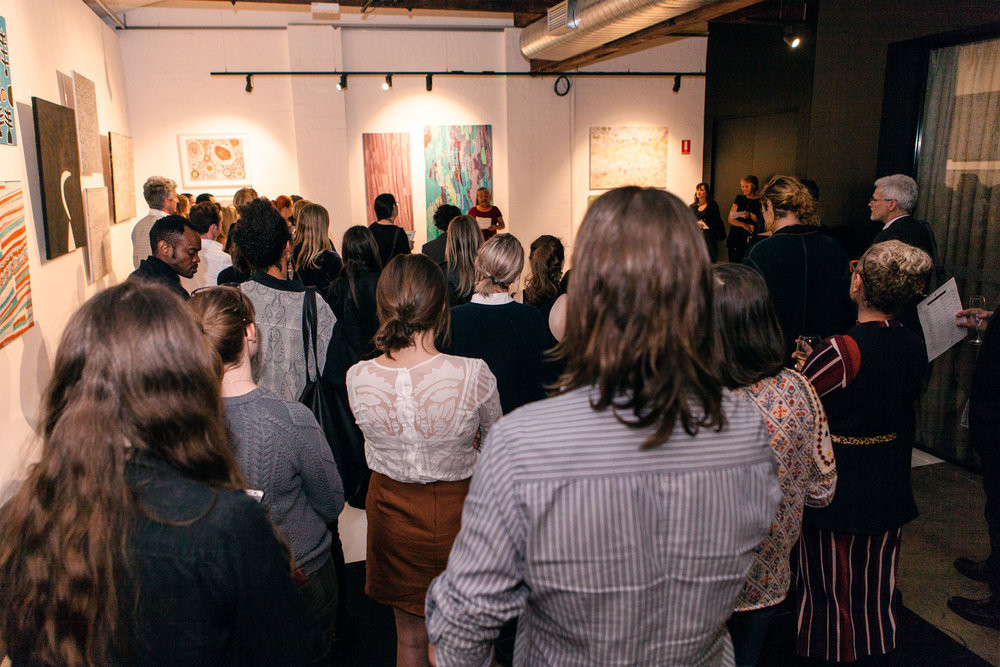


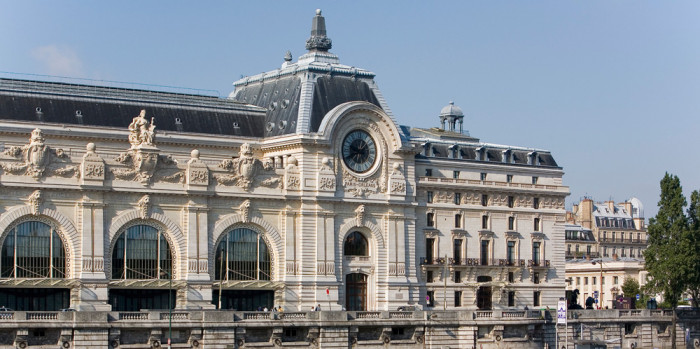
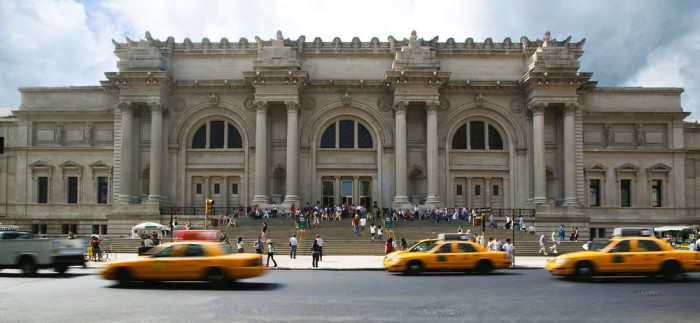
One way to engage midway is to get involved with artist workshops – and there’s always great ones around during festivals. From jewellery silversmithing, glass blowing and pottery making; to dominatrix life drawing, retro dancing workshops, and wine & watercolour evenings.
Not only is this beneficial for economic reasons (the artist gets a solid payment from all those taking part), but this active participation achieves what all festivals strive for – engagement with the community. People are interacting, getting to know their neighbours, all the while while learning about what is important to one of their local creatives.
For example, Sydney based collective Welcome Studio use their platform to introduce skilled artists (who are also asylum seekers) to the local Sydney community. ‘Welcome’ partner with the artists; empowering (and paying) refugee artists to run the workshops themselves.
One such artist, Alwy Fadhel, taught participants to paint with coffee, focusing on achieving different colour tones with the grains. This was something he’d been taught by a fellow artist while he was in an Australian Immigration Detention Centre.
The low barriers to this level of involvement between artist, individuals and art, is real community engagement; each party learning each other stories.
A workshop at internationally acclaimed Venice Biennale festival has taken a similar approach, when it hosted the Olafur Eliasson’s Green Light Workshop in it’s 57th year. The workshop invited refugees, asylum seekers and members of the public to take part in a program of creativity; making green light lamps, intervention performance art and screenings.
In order for festivals to reach their full potential, and reflect society, they need to shake things up by being as welcoming as possible. This could be as simple as making it more in the open – think the spectatorship of Vivid Sydney – or by reaching out into different communities.
So start small and see what’s around you. You might learn a bit more about the people out there than you think.
